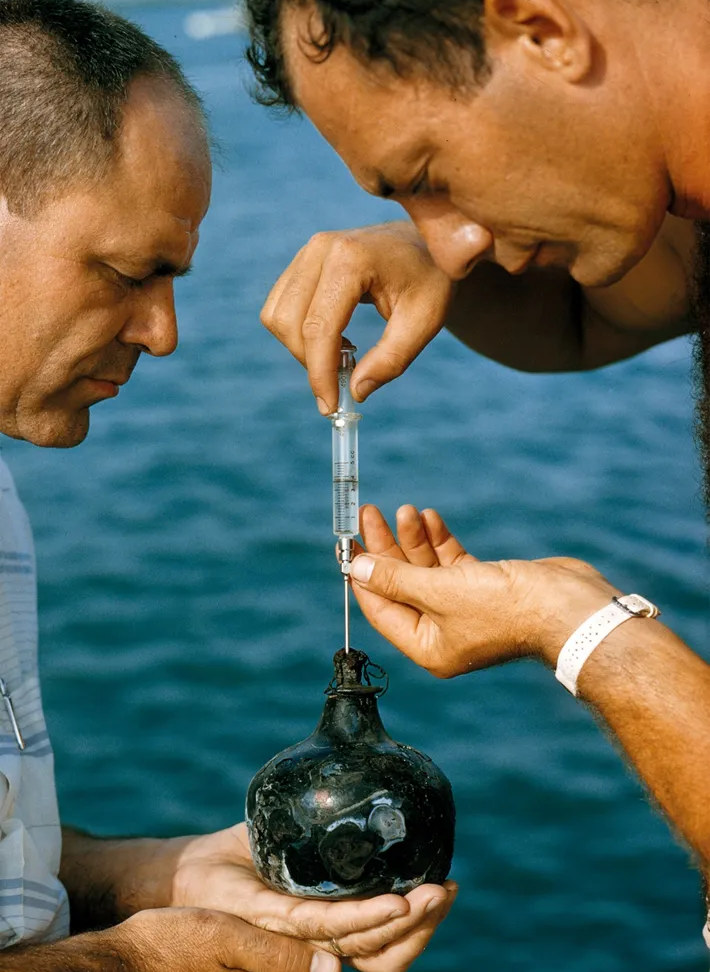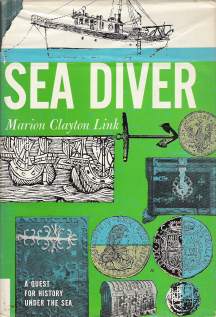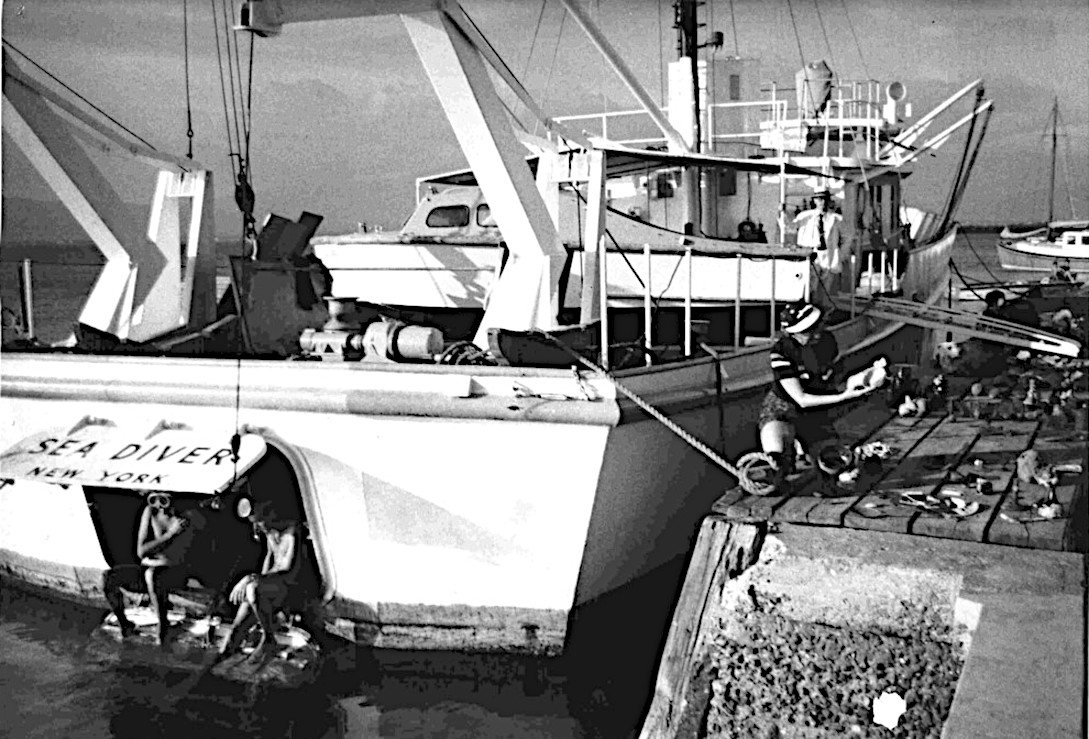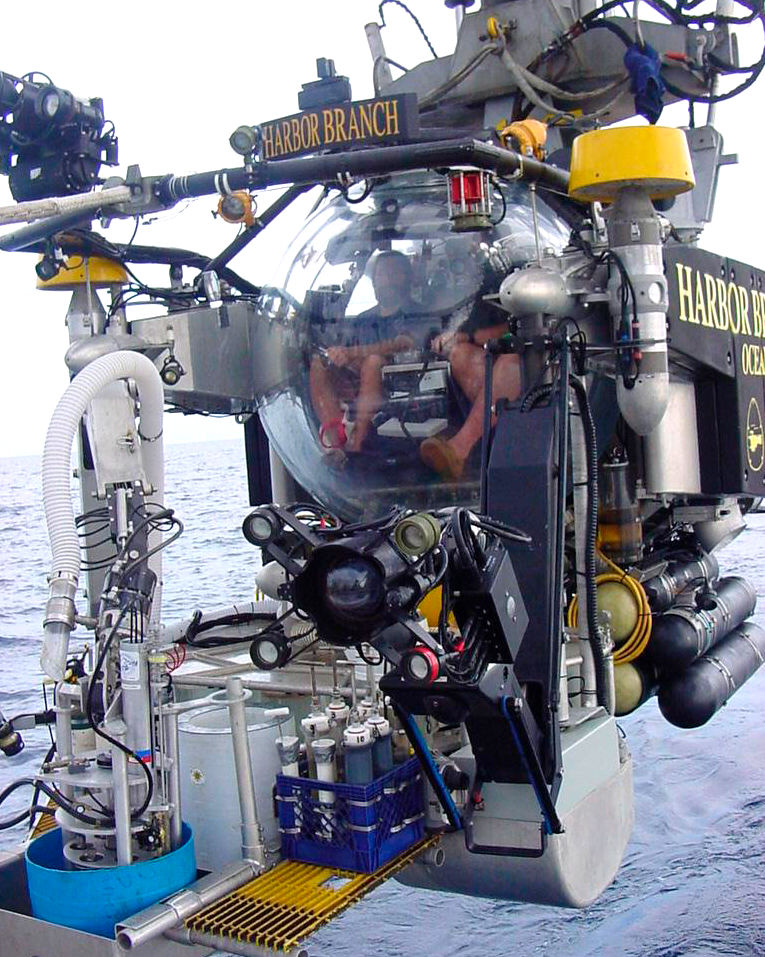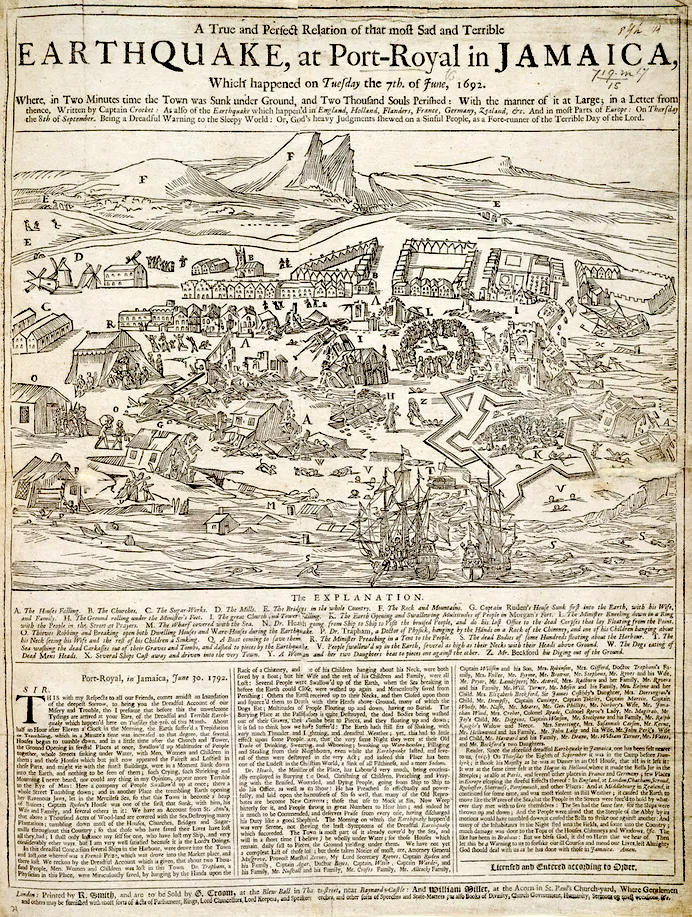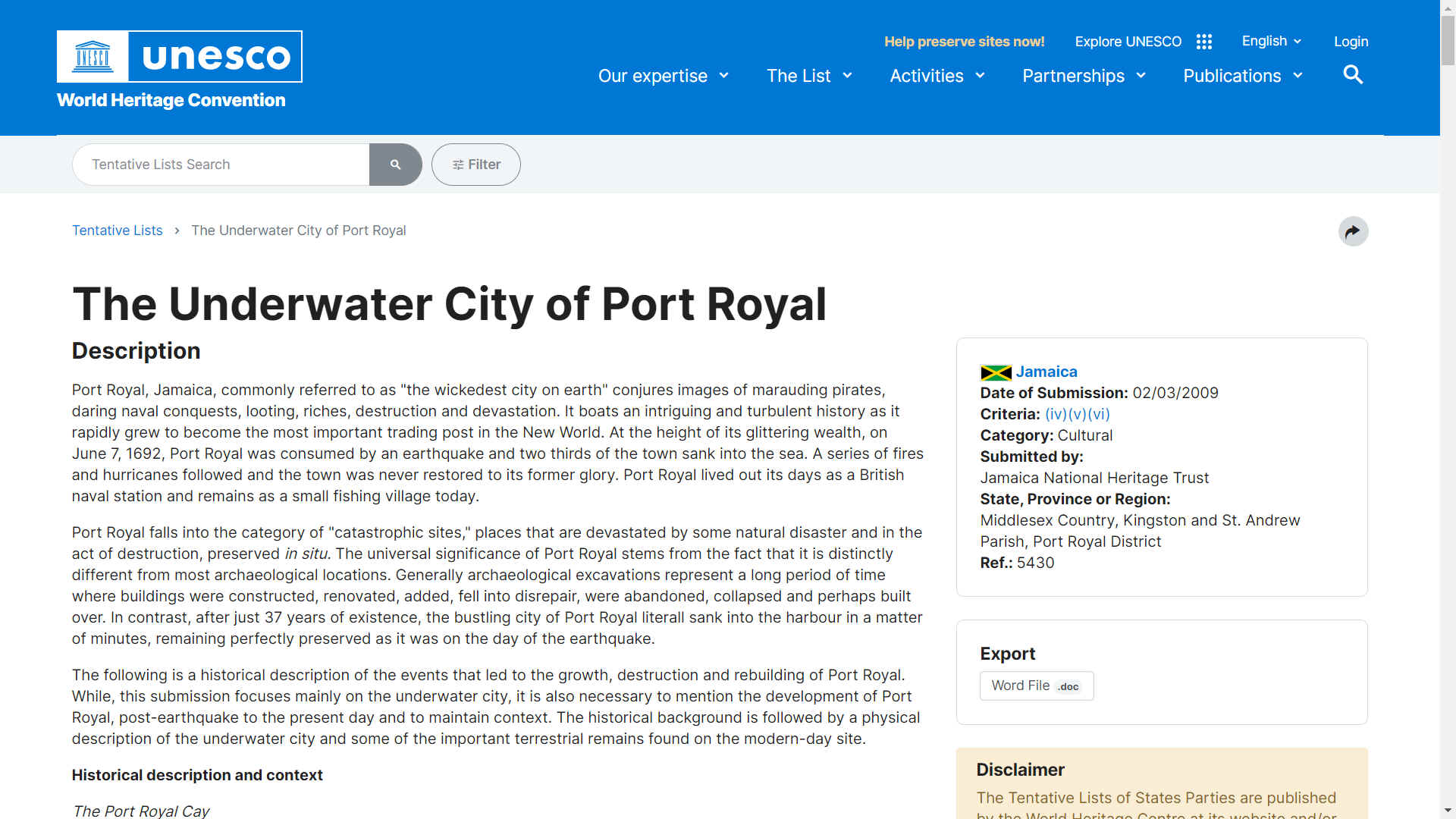|
EDWIN & MARION LINK
Please use our A-Z INDEX to navigate this site or see HOME
|
Edwin Albert Link (July 26, 1904 – September 7, 1981) was an American engineer, inventor, entrepreneur and pioneer in aviation, underwater archaeology, and submersibles. He invented the flight simulator, which was called the "Blue Box" or "Link Trainer". It was commercialized in 1929, starting a now multibillion-dollar industry. In total, he obtained more than 27 patents for aeronautics, navigation and oceanographic equipment.
EDWIN LINK'S EXCAVATION PORT ROYAL 1959-1960
“Unlike cities on land, which change with the years, this one remained exactly as it had been more than two and half centuries before - sealed by the seas in an instant earthquake. Whatever we might find in the ruins would be truly indicative of the time.”
Researchers use the term “catastrophic sites” for such places where a sudden disaster has preserved important artefacts and the context of life around them.
From pewter tableware to Chinese porcelain, there were many signs of personal wealth. There were also numerous domestic objects denoting life in an ordinary household, such as spoons and lanterns, as well as elegant items like a wrought-iron swivel gun. A truly astonishing number of bottles and pipes were found, which gave the impression that people in old Port Royal did spend most of their time drinking and smoking. Edwin even inserted a hypodermic needle into the cork of a bottle and withdrew a sample of yellow fluid for a taste test. “Horrible. Tastes like strongly salted vinegar,” he sputtered. “I guess 1692 must have been a bad vintage year.”
One of the diving team explained his experience of working blind: “I guess you develop a sixth sense once you have been down there awhile ... You get so engrossed in what you may find there that you forget everything else. You lose sense of time. You even forget to wonder if there are sharks near you.” But the dangers were very real. Sea urchins, stingrays, moray eels, and scorpionfish lurked, mostly unseen, on the muddy bottom. There was also constant danger of cave-ins as a dredge sucked at the base of old brick walls.
MAN-IN-THE-SEA
PROJECT
This dive served as a test run for a dive the following month by Robert Sténuit, who spent over 24 hours in the SDC at a depth of 200 feet (61 m) and thus became the world's first aquanaut. In June–July 1964, Link conducted his second Man in Sea experiment in the Berry Islands (a chain in the Bahamas) with Sténuit and Jon Lindbergh, one of the sons of Charles Lindbergh. Sténuit and Lindbergh stayed in Link's SPID habitat (Submersible, Portable, Inflatable Dwelling) for 49 hours underwater at a depth of 432 feet (132 m), breathing a helium-oxygen mixture. Dr. Joseph B. MacInnis participated in this dive as a life support specialist.
SUBMERSIBLES
In 1981, Texas A&M University led a 10-year excavation with the Institute of Nautical Archaeology and the Jamaica National Heritage Trust. Because of the oxygen-depleted environment under the water, the team recovered many organic artefacts that might have otherwise deteriorated.
Captain Sir Henry Morgan was a pirate, and privateer, ending up as the Governor of Jamaica. He was buried at Palisadoes Cemetery, then Port Royal was washed into the Caribbean Sea, the result of an earthquake and tsunami in 1692. Not to be seen again for 300 years.
|
Port Royal is a contender for World Heritage Site listing to become a landmark or area with legal protection by an international convention administered by the United Nations Educational, Scientific and Cultural Organization (UNESCO). World Heritage Sites are designated by UNESCO for having cultural, historical, scientific or other form of significance.
|
|
The brass pocket watch, recovered by Edwin Link, stopped at 11:47 on the 7th of June 1692.
UNDERWATER
ARCHAEOLOGY EXCAVATION IN PORT ROYAL
1960:
Norman Scott explored Fort Carlisle.
1969 - 1970: Philip Mayes Excavation. Mayes was hired by the Jamaican National Trust Commission to continue research. Mayes is accredited with uncovering St. Paul’s Church of Port Royal, the largest building of the 17th century city.
LINKS & REFERENCE
https://www.nationalgeographic.co.uk/history-and-civilisation/2022/07/how-the-wickedest-city-on-earth-was-sunk-by-an-earthquake
|
|
|
|
Please use our A-Z INDEX to navigate this site, or return HOME
|
|
This website is Copyright © 2022 Cleaner Ocean Foundation & Jameson Hunter - All rights reserved
|
